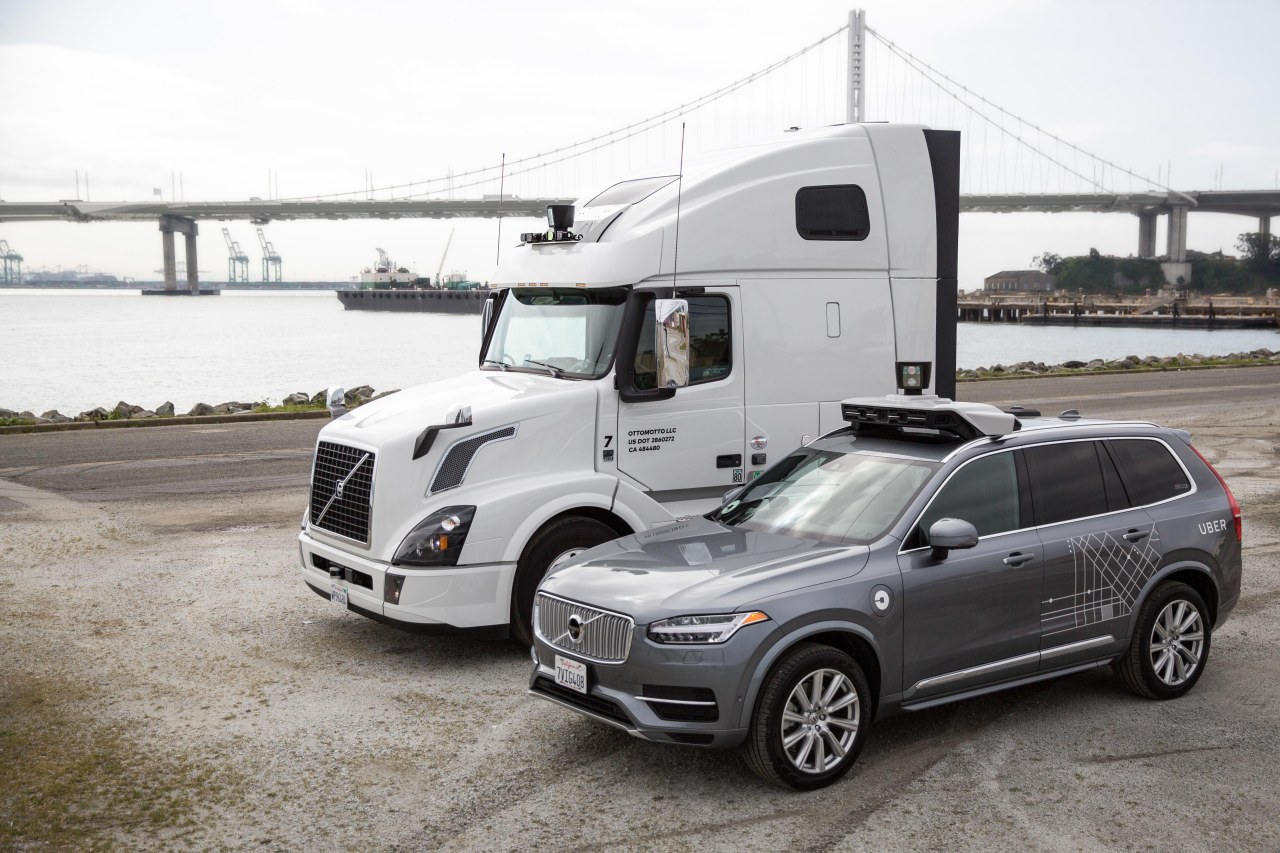The automotive landscape is rapidly transforming, and at the forefront of this revolution is the collaboration between Uber and Nvidia. This partnership is leading the charge in the development of self-driving capabilities, combining Uber’s extensive ride-hailing experience with Nvidia’s cutting-edge AI computing technology. With this alliance, we are witnessing a significant step forward in the quest for safer and more efficient autonomous transport.
Unpacking the Partnership
Uber’s decision to select Nvidia as a key technology partner highlights the critical role that artificial intelligence plays in the evolution of autonomous vehicles. Nvidia’s expertise in graphics processing units (GPUs) and deep learning algorithms provides the computing backbone required for the intricate tasks involved in self-driving technology.
- AI Computing Power: At the heart of Nvidia’s offerings are its GPUs, which are essential for processing vast amounts of data collected by autonomous vehicles. These powerful chips enable the rapid analysis of complex sensor data, including images, LiDAR information, and radar signals, which are crucial for real-time decision-making on the road.
- Expanding Fleet: Uber has been utilizing Nvidia’s technology across various vehicles in its self-driving fleet, including modified Volvo XC90 SUVs and Ford sedans. This not only underscores the versatility of Nvidia’s computing solutions but also aligns with Uber’s strategy to diversify and accelerate its autonomous initiatives.
Progress and Milestones
As of recent reports, Uber has successfully completed over 50,000 passenger trips in its self-driving cars and has accumulated two million autonomous miles on the road. Remarkably, the last million of those miles came in just the past 100 days, indicating a milestone that signals a rapid ramp-up in autonomous driving efforts.
This acceleration is not only impressive but vital for Uber to stay competitive in a crowded field where traditional automotive manufacturers and tech giants are all racing to develop robust autonomous fleets for ride-hailing services.
What Lies Ahead?
Despite perhaps being less vocal about its autonomous program recently, Uber’s collaboration with Nvidia suggests a strategic pivot to enhance its focus on self-driving technology. As more companies reveal their tech stacks, Uber is likely to share insights into its advancements and the unique combination of technologies it employs in its automated fleet.
While their partnership is not exclusive, the synergy created by Uber and Nvidia is promising. It opens the door to not just improved passenger services, but also broader applications in logistics, such as self-driving delivery trucks. The implications of these developments could reach far beyond ride-hailing, touching industries like logistics, public transportation, and beyond.
Conclusion
The collaboration between Uber and Nvidia is a powerful testament to the potential of artificial intelligence in transforming mobility through autonomous vehicles. As this partnership continues to evolve, it will shape the future of urban transport and redefine how we think about commuting. The journey is just beginning, and with advancements in technology, we can expect the speed of innovation to quicken, bringing autonomous solutions into everyday life.
At fxis.ai, we believe that such advancements are crucial for the future of AI, as they enable more comprehensive and effective solutions. Our team is continually exploring new methodologies to push the envelope in artificial intelligence, ensuring that our clients benefit from the latest technological innovations.
For more insights, updates, or to collaborate on AI development projects, stay connected with fxis.ai.

